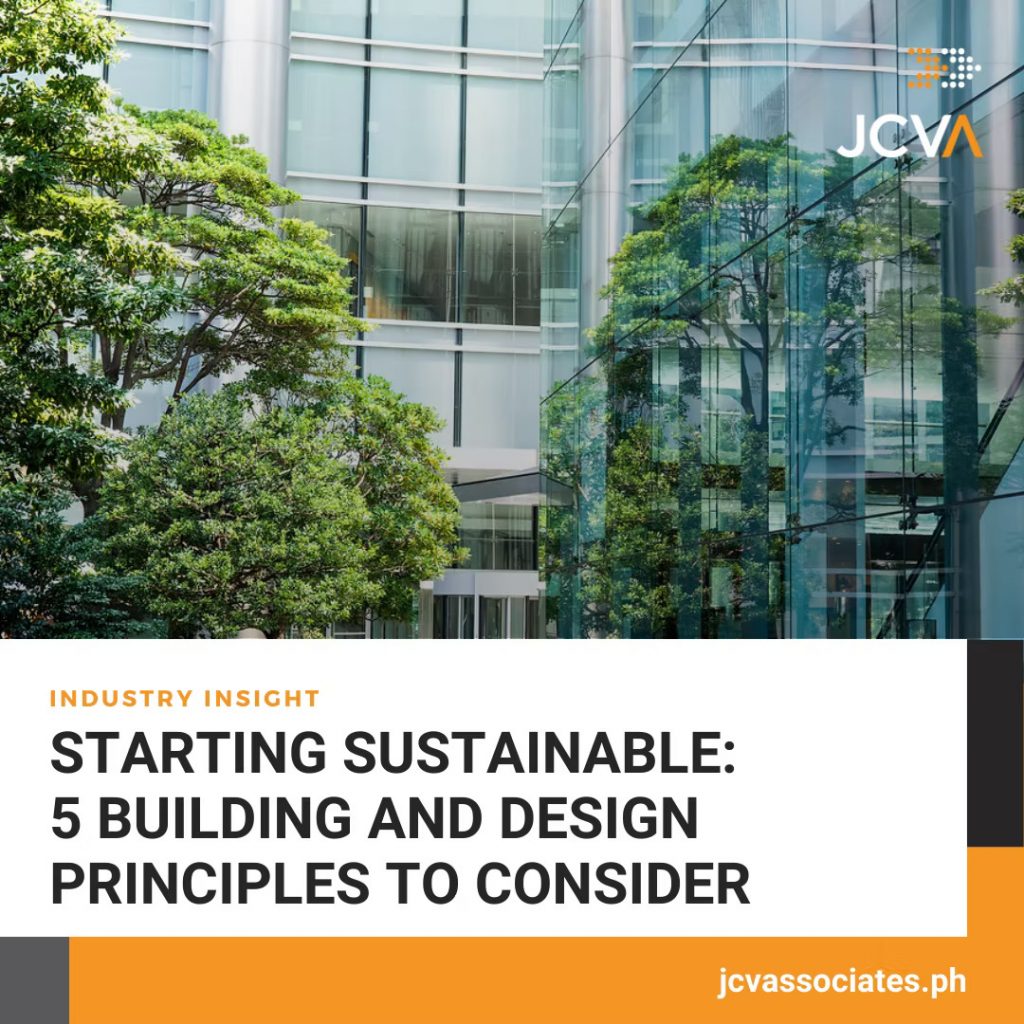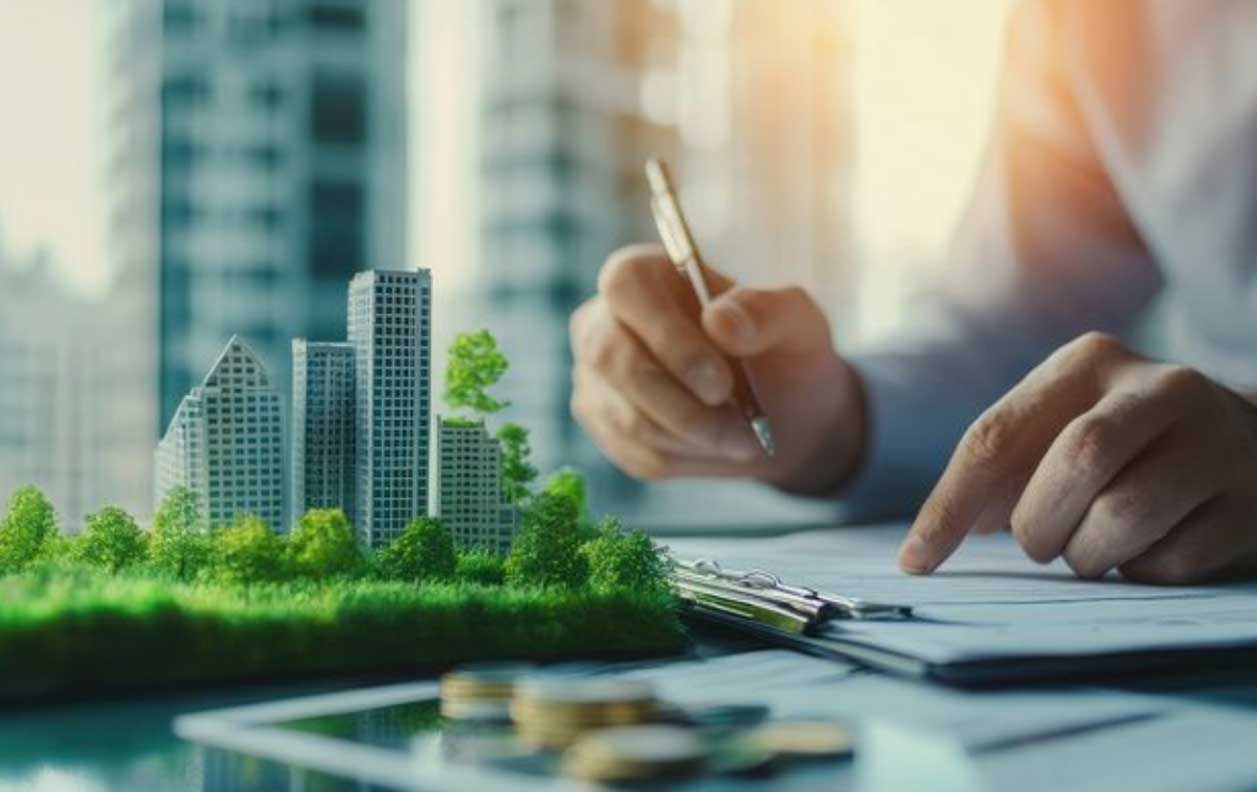
Sustainability is a concept commonly tied to construction, engineering, and architecture. However, this concept is now as widely implemented as it is known. After all, the needs of the times continue to evolve and change and we cannot deny how our little steps toward sustainability help mitigate the adverse effects of the industry on our planet and our day-to-day life.
According to the Global Status Report for Buildings and Construction, this industrial sector accounts for 36% of energy consumption and 38% of carbon dioxide emissions in 2020. While we may not fully grasp what this data entails, we can simply put it like this:
Buildings require many resources – like water, energy, and materials – before, during, and after construction. Because of this, it continues to generate waste, pollution, and atmospheric emissions throughout the years, and this is without the guarantee of structural stability as well.
What sustainability and energy efficiency presents is a solution that reduces negative environmental impact, resource consumption, and operation costs while ensuring the structural integrity of the building and the safety of its occupants. That said, here are five essential principles to consider when we talk about construction and design.
Aside from proper site selection, it is also essential for existing buildings to be rehabilitated appropriately, renovated, and refurbished for habitability and safety. This also means that the location, orientation, topography, and landscape should be well utilized and optimized for function without negatively affecting local ecosystems.
Furthermore, the Whole Building Design Guide (WBDG) Sustainable Committee reiterates that a sustainable site should reduce, control, and mitigate storm runoff and coexist with the area’s native flora, fauna, and terrain.
According to Earth.org, only 3% of the water on the earth’s surface is freshwater, with less than 0.5% accessible for consumption. Global warming and the increase in global population further threaten this supply.
Energy, on the other hand, may not be depleting. However, the natural resources from which we derive power are slowly diminishing. While our renewable energy sources are widely available, the demands only continue to increase over time.
With these problems at hand, it is best to design and construct buildings with less energy reliance or operate on zero net energy. We should also highlight natural lighting and open ventilation in our building design and integrate rain harvesting systems and renewable energy sources.
As a solution to slowly depleting resources and raw materials, the industry’s best approach entails sourcing materials locally and recycling available material to reduce transport costs, gaseous emissions, and waste. Proper disposal should also be discussed since 40% of the world’s extracted materials, and construction waste contributes mainly to the waste streams of many developing countries.
Poor waste management practices also affect the profit margins in many construction projects. Generally, less waste means more profit because of reduced purchase costs and less effort on inefficient waste handling. Another vital reason for us to start recycling material is the lack of space for waste materials – onsite and on our planet.
Once a structure is built, an essential determinant of its sustainability is how it can improve the quality of work and the lives of its occupants. That said, the Interior Environmental Quality (IEQ) of a building considerably influences health, comfort, and productivity.
A sustainable building, among other things, maximizes daylighting, provides adequate ventilation and moisture control, optimizes acoustic performance, and minimizes the use of materials that emit high levels of volatile organic compounds (VOCs). Although various steps are required for different buildings, heating, ventilation, and air conditioning (HVAC) upgrades may significantly improve business air quality.
When operational and maintenance difficulties are accounted for during the preliminary design phase of a facility, we can reap several benefits and cut costs and waste. Not only will it result in better working conditions and productivity for the occupants, but it also helps prevent building system failures and reduce resource and energy use.
Building operators and maintenance personnel become part of the process with this principle in mind. They are encouraged to participate in the design and development phases to ensure optimal operation and maintenance of the building and its features. This may include stormwater facilities that intend to reduce the impact of the building on the surrounding environment.
Going for simple, cost-effective, and functional is usually a safe start. Still, designers can design materials and systems that decrease maintenance needs, reduce water and energy use, and refrain from harmful chemicals which may harm both man and earth. Additionally, we should opt to design buildings with metering to measure the progress of sustainability programs, such as reductions in energy and water use and trash creation, both within the facility and on the premises. In the case of managing advanced high-performance buildings, it is necessary to recruit, develop, and teach highly qualified maintenance teams.
JCVA strives towards sustainability through ways more than one. Let’s discuss how to make your buildings and businesses sustainable and energy-efficient today. Email us at info@jcvassociates.ph and visit www.jcvassociates.ph to know more about our service offerings.
Sources:
https://www.kmbdg.com/news/energy-engineering-company-sustainable-building-design
https://www.iea.org/reports/global-status-report-for-buildings-and-construction-2019
https://www.thewp-group.co.uk/blog/can-we-tackle-constructions-waste-problem/
https://www.wbdg.org/design-objectives/sustainable
We manage risks, build strong stakeholder relationships, and deliver solutions that reflect global best practices, backed by deep local industry knowledge.
If you're looking for a reliable partner to bring your vision to life, JCVA is here to build it with you.


